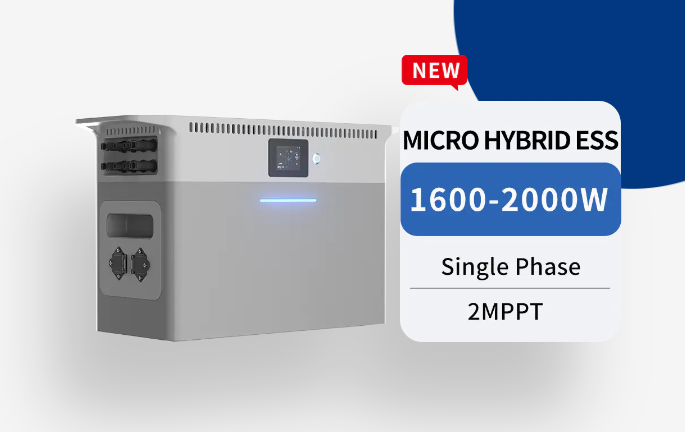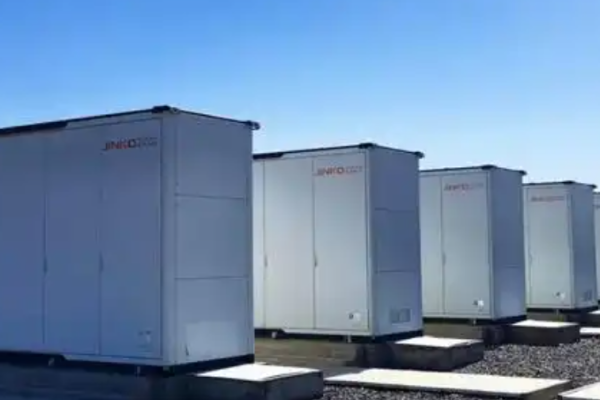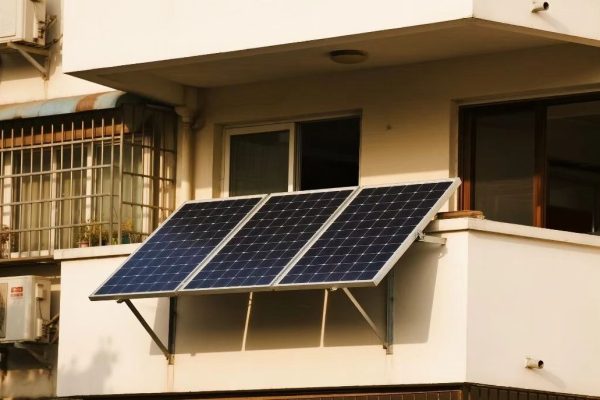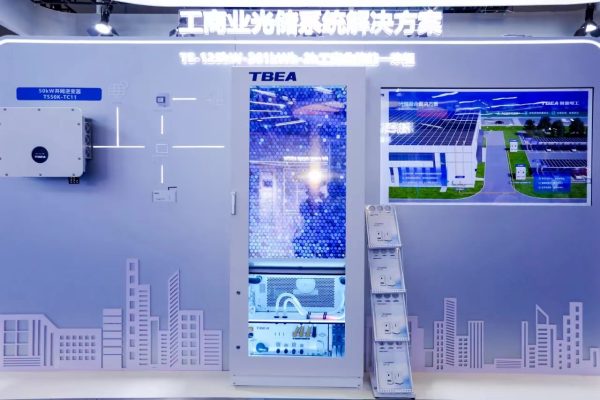🏠 Why Daily Cycling Matters in Home Energy Storage
When it comes to residential energy storage, daily cycling is the most common operational pattern—charging from solar during the day and discharging during the evening and night. For homeowners aiming at maximum self-consumption, bill reduction, or partial grid independence, designing a system for this repetitive use case requires careful component selection and system planning.
This article offers a technical and practical guide to designing a reliable and cost-effective home energy storage system optimized for daily cycling, especially in small-scale PV + battery applications.
✅ Key Components of a Daily-Cycling ESS
A typical home energy storage system includes:
- PV Modules – Primary energy source
- Hybrid Inverter – Converts and controls energy flow (see: How to Choose a Hybrid Inverter for Small-Scale PV Projects)
- Battery Pack – Stores solar energy for later use
- EMS/Monitoring System – Enables intelligent scheduling and data tracking
🔋 Step 1: Sizing the Battery for Daily Cycling
The battery is the core of your ESS. Sizing it properly is crucial.
Considerations:
- Average Daily Consumption: Check your electricity bills to estimate.
- Solar Generation Curve: Consider how much solar energy is available daily.
- Depth of Discharge (DoD): Most lithium batteries support 80–100% DoD.
- Cycle Life: Look for batteries rated for ≥6000 cycles @ 80% DoD.
Example Calculation:
If your daily usage is 8kWh, and your battery supports 90% usable capacity, you’ll need:
Pro Tip: Oversizing by ~10–20% ensures buffer for poor sunlight days and battery degradation.
⚡ Step 2: Choosing the Right Inverter
Use a hybrid inverter that can:
- Charge/discharge batteries efficiently
- Manage solar + grid + load switching
- Provide backup in outages (EPS function)
For a deeper dive, check our post:
👉 How to Choose a Hybrid Inverter for Small-Scale PV Projects
🧠 Step 3: Smart EMS = Real Daily Savings
A smart EMS (Energy Management System) helps you:
- Prioritize solar for self-consumption
- Discharge battery during peak electricity pricing
- Limit export to the grid (zero-export if needed)
- Remotely monitor usage & performance
Choose an inverter/battery solution with an open EMS interface or cloud monitoring.
🛡️ Step 4: Battery Chemistry and Safety
For daily cycling, Lithium Iron Phosphate (LFP) is the most recommended battery type:
| Feature | LFP Battery |
|---|---|
| Cycle Life | 5000–8000 cycles |
| DoD | 90–100% |
| Fire Risk | Very low |
| Maintenance | Minimal |
| Efficiency | ~95% |
Safety Certifications to Check:
- IEC62619 (cell safety)
- UN38.3 (transport safety)
- CE / UL1973 (system-level safety)
🌞 Step 5: PV Array and Solar Harvesting
To sustain daily battery charging, your solar system should produce 20–30% more than daily usage to account for:
- Cloudy weather
- Inverter & battery losses
- System degradation over time
If you consume 8kWh/day, plan for 10–11kWh/day PV generation.
📦 Step 6: Installation & Scalability
Key design and installation tips:
- Modular design: Use stackable or rack-mount battery systems.
- Indoor vs. outdoor: Battery cabinet must have proper IP rating (≥IP55).
- Temperature control: Ensure the battery environment stays within 5–35°C for optimal lifespan.
- Scalability: Consider future expansion if your load increases.
🧾 Daily Cycling: What It Means for ROI
Batteries used daily must deliver stable returns. To estimate ROI:
| Parameter | Example |
|---|---|
| Battery cost | $3500 |
| Usable capacity | 9kWh |
| Daily cycles | 1 |
| Total lifetime cycles | 6000 |
| Cost per kWh delivered | $3500 ÷ (6000 × 9) ≈ $0.065/kWh |
Compare this with your local electricity tariff to assess savings.
📊 Case Study: 10kWh LFP System for a 3-Bedroom Home
- System Components:
6kW PV + 10kWh LFP Battery + 6kW Hybrid Inverter - Load Profile:
Avg. 10kWh/day, peak evening usage - Daily Cycle Use:
Charge 10kWh (day), discharge 8kWh (night), 2kWh buffer - Result:
85%+ self-consumption, 70–90% grid independence
🔄 How to Extend System Life in Daily Use
- Avoid frequent full 100% → 0% discharge
- Keep system updated with firmware for BMS/inverter
- Clean solar panels periodically
- Check battery health through monitoring app
- Set charging limits if full capacity isn’t needed daily (e.g., max charge to 90%)
🔗 Internal Blog Links (Recommended Reading)
🧭 Conclusion: Think Lifetime, Not Just Specs
A home energy storage system designed for daily cycling must deliver consistent performance, long battery life, and reliable control logic. Balancing cost, compatibility, and efficiency is where true value lies.
As a technical sourcing partner, we support integrators, distributors, and property developers by providing:
- 🔧 Verified battery + inverter matching
- 🛠️ Technical datasheets and wiring diagrams
- 📦 Flexible supply (MOQ-friendly)
- ⚡ Remote support for commissioning and EMS tuning
📬 Ready to Build Your Residential ESS?
Tell us about your load profile and system goals—we’ll recommend a compatible hybrid solution and provide you with a competitive quote within 24 hours.









